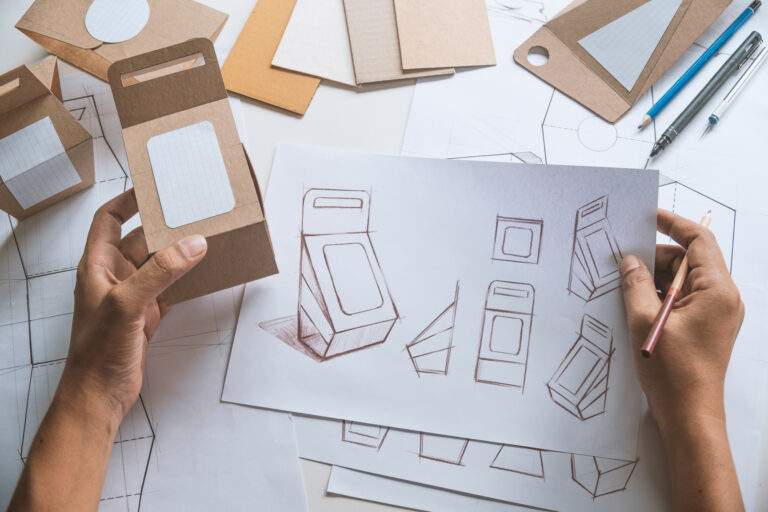
How To Test For Indoor Mold (Even When It’s Invisible)
As we head back into the spring season for another year, many people are already thinking about outdoor allergens like pollen. Did you know that inside of your home, something could be growing that could be even more irritating to your health?
Indoor mold can present a number of hazards to your health. For some, the onset of a reaction to indoor mold is immediate while for others, it may take weeks or months to become noticeable.
How can you detect mold contamination? What are some physical symptoms of mold or tests you can perform to verify the presence of mold?
Read on to learn everything you need to know about testing for mold in your home and more.
How Much Indoor Mold Is Too Much?
Does any amount of mold present a risk to your health? What if you discover a small patch of mold growing, for example, in your bathtub, but don’t see any signs of mold elsewhere? Are you facing serious health risks?
The truth is that while you don’t want to ignore any indoor mold, a small amount may not produce noticeable health risks. Furthermore, the EPA has never set an acceptable limit of something like indoor mold in a residential or commercial space. In other words, there is no established threshold for when mold becomes an issue.
That doesn’t mean that you can or should ignore mold. If you are a landlord, for example, it is your responsibility to eliminate mold in your property in order to make it livable. In other words, you can still run into legal issues with indoor mold despite the lack of specific regulations.
What Are Some of the Signs of Indoor Mold?
You don’t always need to test for mold to determine (or assume) that it has taken hold. Let’s take a look at some of the possible signs that you are dealing with indoor mold.
Visible Signs
Mold does not describe one single organism. There are thousands of different types of mold which may grow in different patterns or in different colors.
Mold thrives best in damp spaces. If it is visible, you will typically notice discoloration or blotchiness, often in shades of black, grey, green, or blue.
Smells
When there is enough mold in one space, you may notice a distinct smell. Most people would describe the smell of mold as “musty,” although some mold can produce even more unpleasant odors. For example, mold may smell like wet socks or rotting garbage.
Most of the time, you can describe the smell of mold as musty, earthy, or stale.
Physical Symptoms
Not all mold is visible. Mold does not need much space or oxygen to grow, so you may be dealing with mold contamination in areas that you can’t see, like behind walls or inside of air vents. In this case, you may start to notice physical symptoms before you find the mold, itself.
Physical symptoms of mold contamination include respiratory problems, such as wheeziness, difficulty breathing, congestion or a runny nose, or itchy eyes, throat, and nasal passages. Mold can also cause rashes or other dermatological problems. Prolonged exposure to mold can pose serious health risks such as chronic headaches, fatigue, bloody noses, or an increase in asthma attacks.
Can You Test for Mold?
The simple answer is yes, you can test for mold. However, there are a few things worth noting.
The first is that it’s not particularly useful to find out what kind of mold has taken over your home. If you know that you have a mold problem, it’s time for remediation.
The second is that a mold test doesn’t always tell you everything you need to know. Mold tests tend to collect spore counts and cultures but they do not reveal how long mold has been growing or where it is growing. You may get better results by asking a professional to inspect your home, looking for visual signs and smells.
Finally, there is no compelling reason for a landlord to run routine mold tests. Because there are no regulations regarding an acceptable amount of indoor mold, a routine mold test won’t prove useful.
What Should You Do About Indoor Mold?
So you think you have indoor mold. Perhaps you know you have indoor mold. What’s the next step?
What you want to do next is to call in mold remediation experts. These experts will locate the presence of mold in your home or property. They will then take the correct steps to remove the mold from the premises and address and conditions that led to mold growth.
Why not hit the mold with some bleach and call it a day? Mold is one of the most persistent indoor pollutants there is. As we mentioned earlier, it can grow in spaces that you can’t see, which makes it easy to overlook huge swaths of mold growth.
When you’re tackling mold, it is crucial that you get all of it. Any remaining mold can produce spores that will make your mold problem come back in no time. Mold remediation experts know when to clean mold from a surface and when to remove and replace a surface, altogether.
Don’t Delay Mold Remediation
When it comes to our health, indoor air plays as big of a role as outdoor air. Treat indoor mold the way you do outdoor allergies: assess the issue and find a solution. When you believe you have indoor mold, skip the mold test and call mold remediation experts ASAP.
Looking for more ways to improve and protect your home? Take a look at our home section to discover DIY guides, contractor hiring tips, and beyond. Our goal is to help you to make your home a beautiful, relaxing, and safe space.















